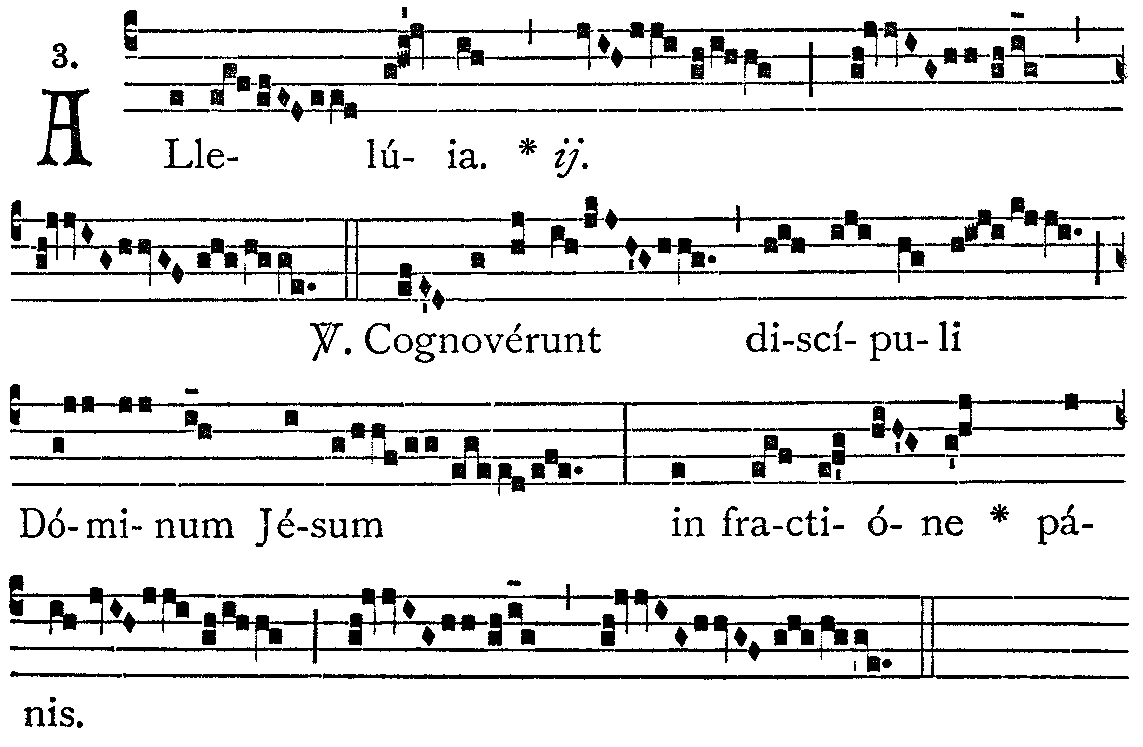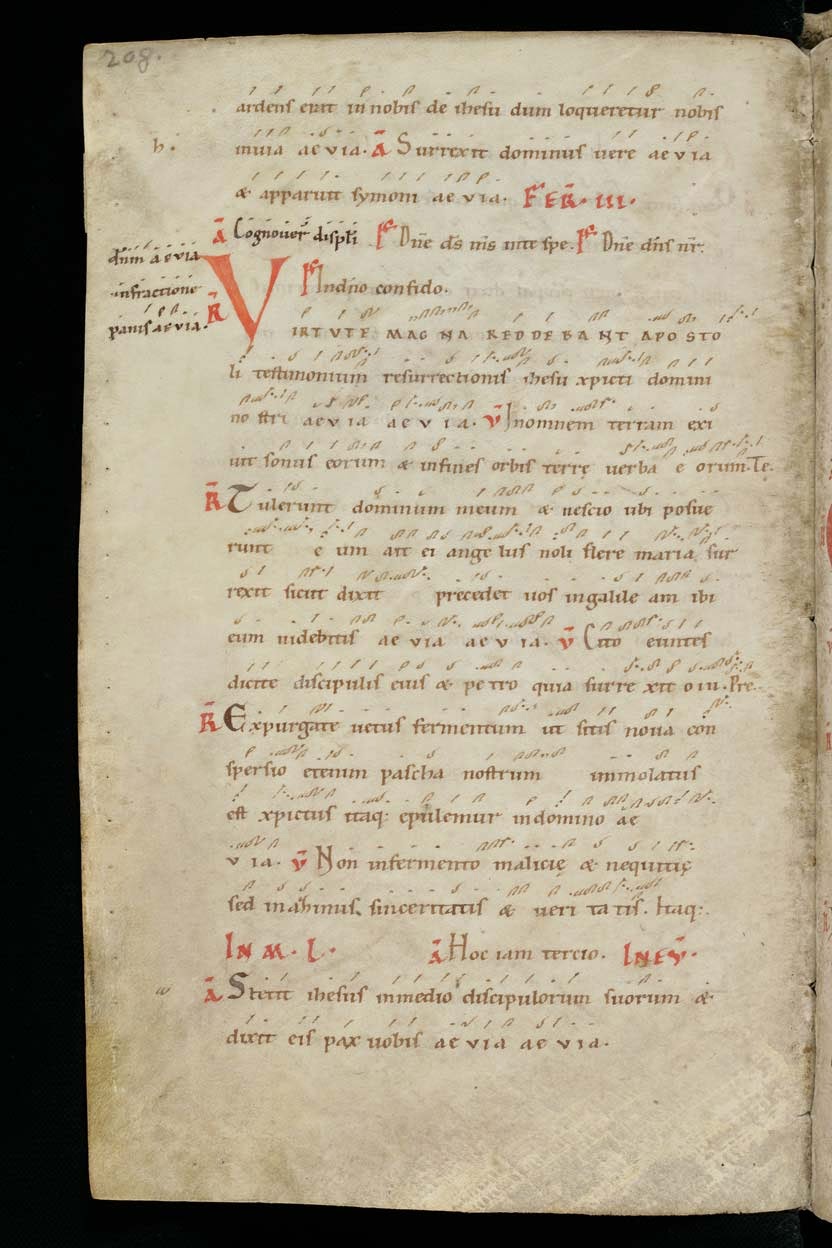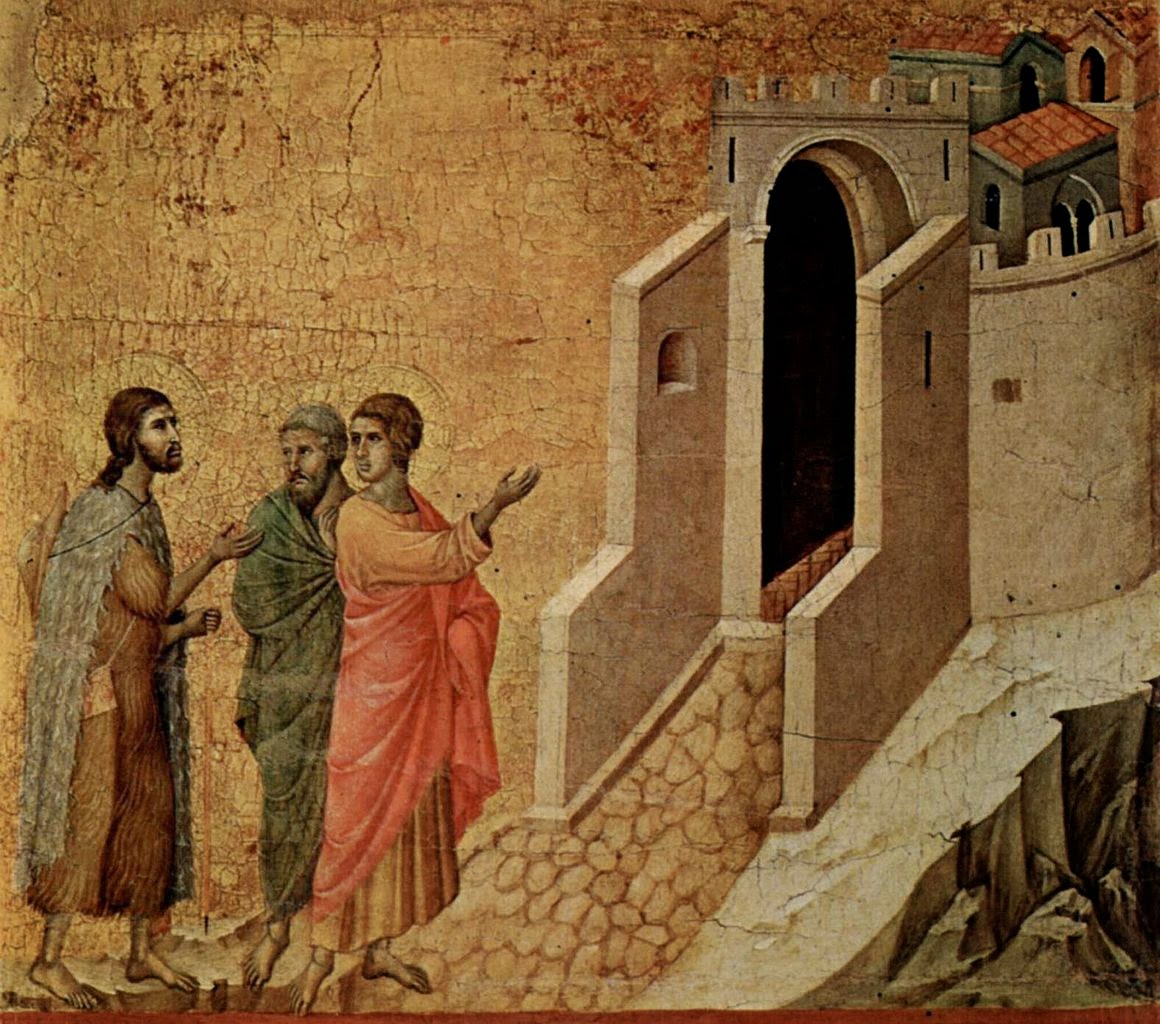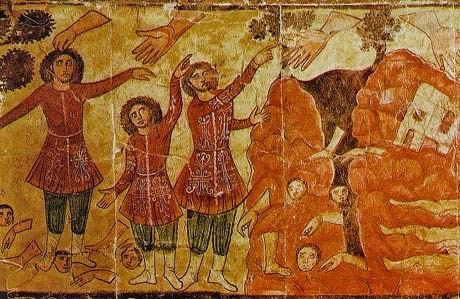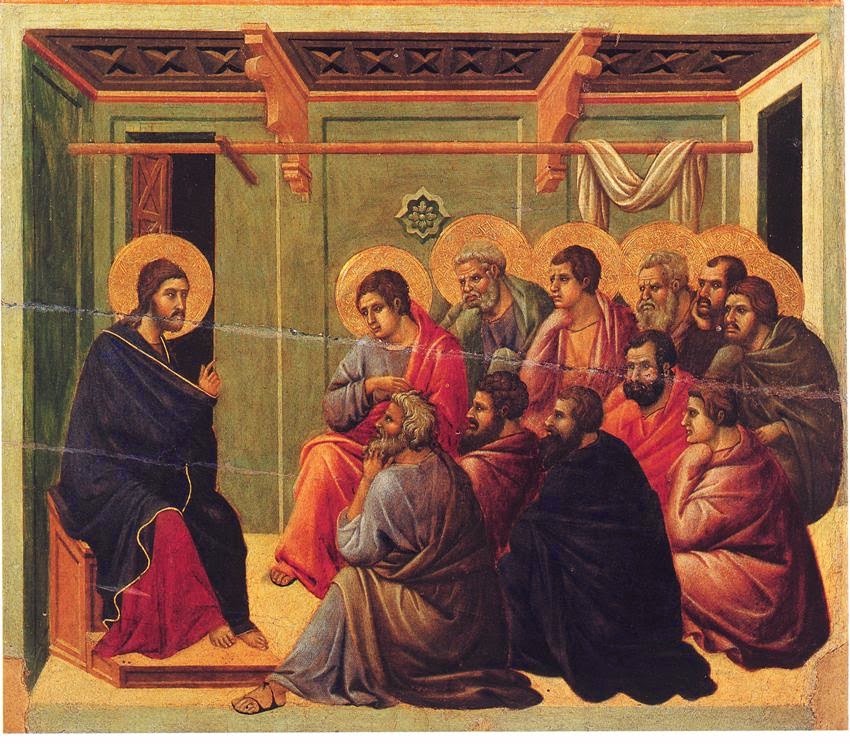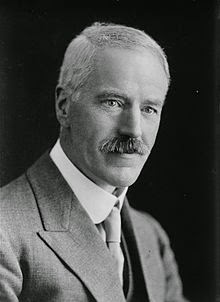Here's a CCWatershed video of this very melismatic chant:
Cognovérunt discípuli Dóminum Jesum in fractióne panis. from
Corpus Christi Watershed on
Vimeo.
The text is quite simple, but profound:
Alleluia. The disciples knew the Lord Jesus in the breaking of the bread.
(See my post on
Surrexit Dominus Vere for more about a modern fraction anthem that uses this text, working from the melody of another ancient Eastertide chant.)
Here's the full chant score:
This chant is also the first alleluia
in the Extraordinary Form, so it's been in place a long time. As you'll see below, though, the Gospel reading for today in the historic lectionary was the "Good Shepherd" reading from John, and other chants for today reflected that theme in the Tridentine Rite.
There's an antiphon that uses the same text; per
Cantus database, it seems to have been sung at Matins on
Easter Tuesday. Oddly, I haven't been able to find it so far at
Divinum Officium, but
here's what it looked like in this antiphonary from St. Gall monastery; the antiphon is written in the left-hand margin:
From
e-codices.unifr.ch:
Antiphonary from St. Gall for the liturgy of the divine office, as sung by St Gall monks, dating from the 12th century, with addenda until the late 14th century. Illustrated with several initials and (at the beginning) with a miniature of the crucified Christ with Mary and John. (smu)
In today's lectionary, this Sunday is "Jesus appearance day." This year is Year A - and the reading is
Jesus' appearance to the travelers on the road to Emmaus, so it's quite natural that this chant is sung today, as it's a direct quote from that reading. In years B and C, we have
Jesus' fish-eating appearance from Luke, and
his beach appearance (and more fish!) from John, respectively. Again, all this is quite natural, because - as John notes in his account - "This was now the third time that Jesus appeared to the disciples after he was raised from the dead."
Thus: three lectionary years, three appearances of Christ on Easter 3; it's perfect! And I must say I'm very happy to hear the Emmaus story at Sunday worship, as it's one of my very favorites in all the Gospel writings.
In
the "historic lectionary", though, the Third Sunday in Easter was apparently "Good Shepherd" Sunday, and the reading was from
John 10:11-16. The 1928 BCP picked this up as well,
via the readings from the 1789 BCP (and
from the 1662 before that). In our current lectionary, "Good Shepherd Sunday" is next Sunday, the fourth in Easter instead of today, the Third.
Interestingly, in the "historic lectionary," John's was the only Gospel read on Sundays during Eastertide. Personally, I'm very glad to hear from the other Evangelists during this period now.
Also of note: the readings for Monday Matins in Easter week are about Emmaus; they come from Gregory the Great's 23rd sermon on the Gospels. Just to get the flavor of the thing, following are all the instructions for the readings and responsories for that particular Office, from the book
The Roman Breviary reformed by order of the holy oecumenical Council of Trent, published in 1908, at Google Books:
All precisely the same as on Easter Sunday, except the following.
First Lesson.
The Lesson is taken from the HolyGospel according to Luke (xxiv. 13.)
AT that time: Two of Jesus' disciples went that same day to a village, called Emmaus, which was from Jerusalem about threescore furlongs. And so on.
Homily by Pope St Gregory [the Great,] (23rd on the Gospels.)
Dearly beloved brethren, ye hear how that while two of His disciples walked together in the way, not believing in His Resurrection, but talking together concerning Him, the Lord manifested Himself unto them, but yet held their eyes that they should not know Him. This holding of the eyes of their body, wrought by the Lord, was a figure of the spiritual veil which was yet upon the eyes of their heart. For in their heart they loved and yet doubted: even as the Lord drew near to them outwardly, but showed not Who He was. To them that talked together of Him, He revealed His immediate presence; but hid, from them that doubted, the knowledge of His Person.
First Responsory.
Mary Magdalene and the other Mary went very early to the sepulchre. That Jesus Whom ye seek, is not here: for He is risen, as He said: He goeth before you into Galilee; there shall ye see Him. Alleluia, Alleluia.
Verse. And very early in the morning, the first day of the week, they came unto the sepulchre, at the rising of the sun; and, entering into the sepulchre, they saw a young man sitting upon the right side, who saith unto them:
Answer. That JESUS Whom ye seek is not here: for He is risen, as He said: He goeth before you into Galilee : there shall ye see Him. Alleluia, Alleluia.
Second Lesson.
HE spoke to them; He rebuked the hardness of their heart; "He expounded unto them in all the Scriptures the things concerning Himself:" and, nevertheless, seeing that He was yet a stranger to faith in their hearts, "He made as though He would have gone further." These words—"He made as though"— would here seem to mean "He feigned," but He Who is simple Truth doth nothing with feigning: He only showed Himself to them in bodily manners, as He was towards them spiritually; but they were put to the proof whether, though they loved Him not yet as their God, they could love Him at least as a wayfarer.
Second Responsory.
The Good Shepherd, Who laid clown His life for the sheep, yea, Who was contented even to die for His flock, the Good Shepherd is risen again.
Answer. Alleluia, Alleluia, Alleluia.
Verse. For even Christ our Passover is sacrificed for us.
Answer. Alleluia, Alleluia, Alleluia.
Verse. Glory be to the Father, and to the Son, and to the Holy Ghost.
Answer. Alleluia, Alleluia, Alleluia.
Third Lesson.
BUT since it was impossible, that they with whom Truth walked, should be loveless, they asked Him as a wayfarer to take of their hospitality. But why say we that they asked Him, when it is written: "And they constrained Him?" From their ensample we learn that we ought not only to bid, but also to urge, wayfarers to our hospitable entertainment. They laid a table therefore, and set before Him bread and meat; and that God Whom they had not known in the expounding of the Holy Scripture, they knew in the breaking of bread. In hearing the commandments of God they were not enlightened, but they were enlightened in the doing of them: as it is written: "Not the hearers of the law are just before God, but the doers of the law shall be justified." (Rom. ii. 13.) Whosoever therefore will understand that which he heareth, let him make haste to practise in his works that which he hath already been able to hear. Behold, the Lord was not known while He spake, but He was contented to be known when He brake bread.
Here are all the chants for this Sunday's mass,
from ChristusRex.org, and sung by the Sao Paolo Benedictines:
Hebdomada tertia paschæ
DominicaIntroitus: Ps. 65, 1.2.3 Iubilate Deo(2m58.9s - 2798 kb) score
Alleluia: Lc. 24, 35Cognoverunt discipuli(2m40.0s - 2504 kb) score
Alleluia: Lc. 24, 32 Oportebat (3m20.3s - 3132 kb) score
Offertorium: Ps. 145, 2 Lauda, anima mea(1m33.8s - 1468 kb) score
Communio:
(anno A) Lc. 24, 34Surrexit Dominus(44.8s - 702 kb) score
(anno B)Ps. 95, 2Cantate Domino(1m22.5s - 1292 kb) score
(anno C) Io. 21, 15.17 Simon Ioannis(1m23.7s - 1310 kb)
Here are posts for the some of the chants for this day on Chantblog:
I've posted Caravaggio's terrific Emmaus paintings previously, so here I'll post a few others.
This one's
Duccio di Buoninsegna's "Emmaus", from ~1310:
This one is Rembrandt's, from 1648:
Here's an interesting one I've never seen before! It's by
Lelio Orsi, from around 1560:
I really like this one, though, called "The Supper at Emmaus," by
Diego Velázquez, from around 1620:
![]()


